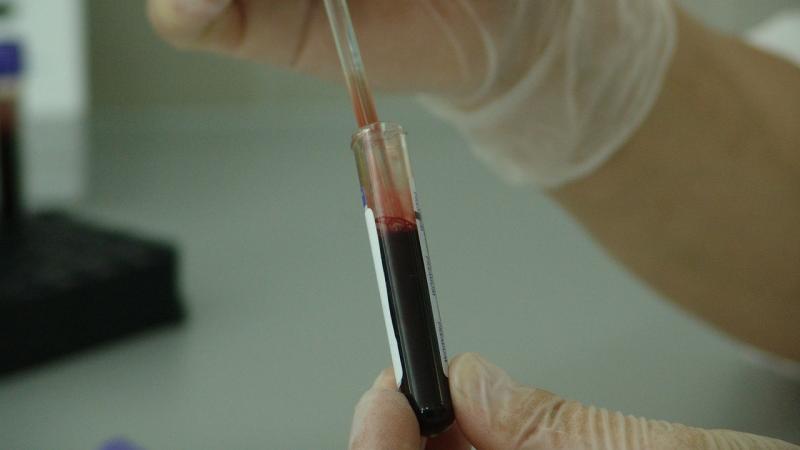
A long-standing mystery in the evolution of life seems to be solved in a study by researchers from the Indian Institute of Science, Bengaluru, Cedars-Sinai Medical Center, USA, and the Cleveland Clinic Foundation, USA. The study, published in The Journal of Biological Chemistry, provides a convincing explanation about the fusion of two genes in an ancestor of today’s animals, about a billion years ago.
Living organisms make proteins, which perform various vital functions, by using the recipes found in their DNA. This process of protein-making, also called translation, is aided by small molecules called transfer RNAs (tRNA) present in our cells. During translation, each tRNA molecule carries one amino acid, which is linked in a specific order as guided by the information in our DNA. An enzyme called aminoacyl-tRNA synthetase is necessary for fusing a tRNA molecule with the amino acid it carries.
There are 20 different aminoacyl tRNA synthetases for the 20 amino acids necessary for making a protein. However, in animals and their closest single-celled relatives (called holozoans), there is just one tRNA synthetase corresponding to the amino acids glutamic acid and proline. It is called glutamyl-prolyl-tRNA synthetase (EPRS). The genes, which once coded for the two enzymes that helped bind these amino acids with tRNAs, are believed to have ‘fused’ about a billion years ago. The probable reason behind this fusion was a mystery for the scientific world, until now.
In the current study, the researchers attempt to explain the reason behind the mystery by using a mathematical model. “A confluence of metabolic, biochemical, and environmental factors contributed to the specific fusion of these two genes to form the bifunctional gene EPRS”, they propose. The study, funded partially by the Wellcome Trust-DBT India Alliance and the Science and Engineering Research Board (SERB), was selected as an ‘Editor’s Pick’ in the journal.
The researchers propose that during the evolution of animals, the demand for the amino acid proline increased significantly during their growth due to the presence of proline-rich proteins like collagen. Hence, most prolines in the cell would be used up, resulting in the reduction in the levels of ‘free’ proline. This process also resulted in reduced levels of glutamic acid, a precursor of proline, as most was used to make proline. Glutamic acid plays multiple roles in the cell and is vital for the synthesis of two other amino acids, arginine and glutamine. Hence, a reduction in the level of glutamic acid could have disastrous consequences.
The researchers say that evolution solved this problem by fusing the two genes that produced the corresponding tRNA synthetases for proline and glutamic acid to prevent the imbalance of these amino acids in the cell. Their mathematical model, which captures the relationship between the cellular concentrations of free proline and glutamic acid, and the protein levels of their corresponding tRNA synthetase in systems with and without the fusion of the tRNA synthetase genes, supported that this fusion helps to maintain the level of these two amino acids in diverse conditions.
The study depicts how cellular machinery, faced with new demands during the course of evolution, produced innovative solutions. Interestingly, animals still retain this fused EPRS gene as it provides an evolutionary advantage.
“The substantial evolutionary advantage of this co-regulatory mechanism is evidenced by the persistence of EPRS in nearly all extant animals”, say the authors.





